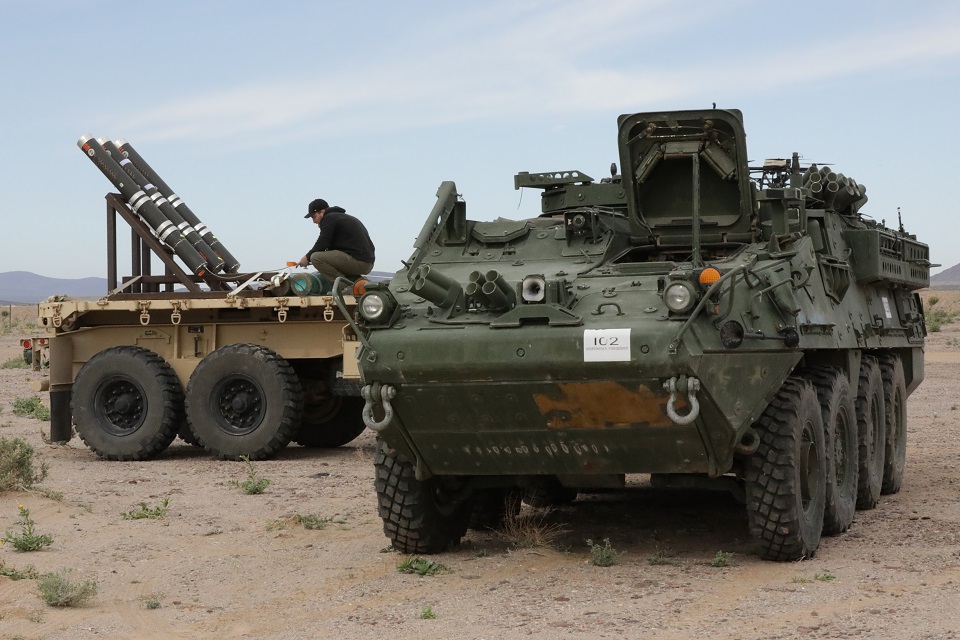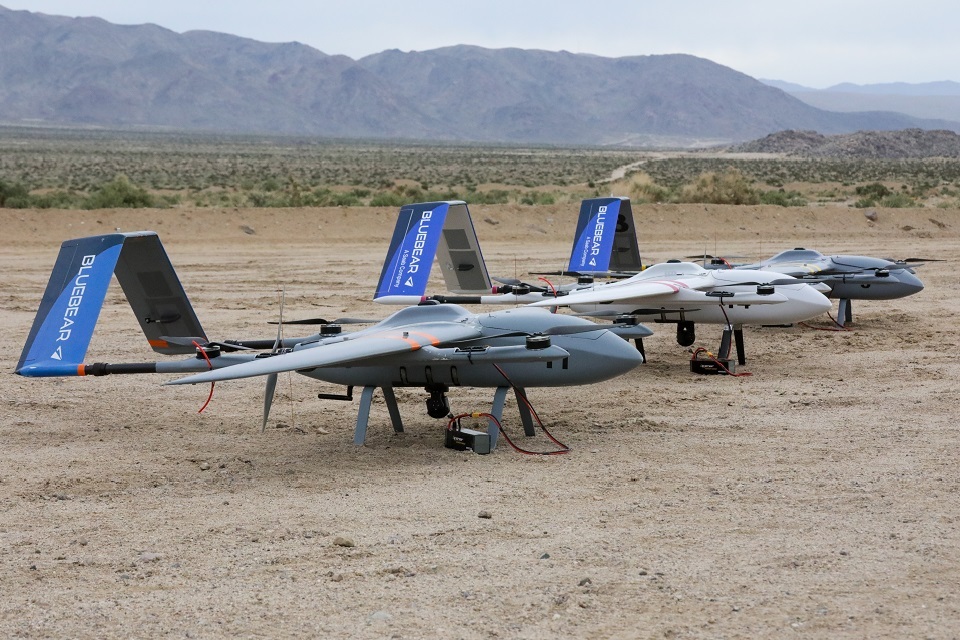- AI-enabled aerial vehicles support the disabling of ground targets
- Trials saw seamless exchange of data between AUKUS nations
- Ground-breaking exercise highlights continued progress on Pillar 2 technology work
In a significant landmark for AUKUS, the 3 nations have trialled a futuristic integration of autonomy and artificial intelligence (AI) for the first time.
Testing saw the deployment of a series of AI-enabled uncrewed aerial vehicles that allow a human operator to locate, disable and destroy targets on the ground.
This ground-breaking exercise, which included AUKUS partners and experts from the Defence Science and Technology Laboratory (Dstl), is the first use of autonomy and AI sensing systems in a real-time military environment.
The successful trial focused collaborative AI and autonomy with our allies, to ensure we achieve the best possible outcomes. AI and autonomous systems were used to reduce the time it takes to identify enemy targets and operate with reduced risk to life. This included several drones from each nation operating together in the same airspace to achieve a common outcome, whilst being augmented by an AUKUS AI team, which retrained and deployed AI onto the platforms.
The seamless exchange of data and control between the 3 nation’s technologies demonstrated the progress that has been made by AUKUS in the trilateral adoption of AI and autonomous systems.
AUKUS: Autonomy and AI collaboration
Commodore Rachel Singleton, Head of the Defence Artificial Intelligence Centre (DAIC), and UK lead for AUKUS AI and Autonomy Working Group, said:
“Resilient and Autonomous Artificial Intelligence Technologies provides the opportunity to develop, test and trial AI models on autonomous systems.
“The AUKUS partnership is key to ensuring that the systems designed by each nation are interoperable into the future. Service personnel from one nation will be supported by capabilities that have been developed across all 3 nations.”
The trial, which is part of a series of trials named AUKUS Resilient and Autonomous Artificial Intelligence Technologies (RAAIT), took place as part of the annual US-hosted multinational Project Convergence experimentation exercise. AUKUS continues to develop and deploy AI and autonomy technologies in a safe and responsible manner that ensures context-appropriate meaningful human control.
The trial demonstrated the significant improvements AUKUS partners have made to the application and viability of RAAIT since the first UK trial in April 2023. The technology has been developing at rapid pace and once proven, will be incorporated onto national platforms, providing the military with operational advantage through a quicker response to current and future threats.
Through AUKUS, new capabilities are being tested to protect platforms. For example, protecting armoured vehicles from electronic warfare, laser and GPS attacks. Working across the AUKUS nations in this way means our militaries have greater interoperability and access to the most advanced AI across all 3 nations. It also opens up opportunities for sovereign industry partners.

AUKUS is a landmark defence and security partnership between Australia, the UK, and the US that supports both Euro-Atlantic and Indo-Pacific security and the rules-based international order. Under Pillar 2, AUKUS partners are deepening cooperation on a range of cutting-edge military technologies, which is enhancing military edge for the UK and our allies. This makes sure we have the capabilities needed to defend against rapidly evolving threats.
Participants of Project Convergence
Around 500 British Army personnel were deployed on Project Convergence, drawn from:
- 1 Deep Recce Brigade Combat Team
- 2nd Battalion the Royal Yorkshire Regiment
- Ranger Regiment
Dstl was supported by a variety of industry partners including:
- Deloitte
- Cambridge Consultants
- IQHQ
- Blue Bear Systems Research
- Frazer Nash Consulting
Government participants included Australia’s Defence Science and Technology Group. And from the US:
- Air Force Research Laboratory
- Office of the Under Secretary of Defense for Research and Engineering
- Naval Air Warfare Center Aircraft Division
- Chief Digital and Artificial Intelligence Office
- Army Combat Capabilities Development Command Aviation & Missile Center
- Ground Vehicles System Center
- Army Research Laboratory


